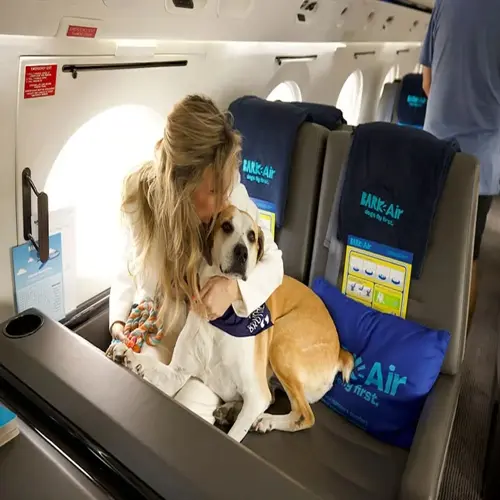Why does my cat hiss constantly?

Written by
Susan Taylor
Reviewed by
Prof. Henry Webster, Ph.D.Consistent hissing in cats indicates high stress while being introduced to dogs. Hissing indicates uneasiness and not aggression. I have worked with cats that hissed for many weeks because of rushed introductions. Understanding the whys of hissing makes the most sense to address this frequent issue.
Environmental Stressors
- Inadequate vertical escape routes
- Forced proximity without retreat options
- Lack of scent-free zones for eating
- Insufficient hiding boxes near pathways
Canine Behavior Issues
- Unchecked staring from dogs
- Canine blocking essential pathways
- Dogs approaching too quickly
- Lack of muzzle use for high-drive breeds
Vertical escape routes tremendously decrease hissing. Consider putting cat trees in front of windows. Ask other students to make wall pathways to safe perches. I strategically position cardboard boxes along potential routes. Elevated pathways increase the confidence of borrowing cats to move in and around the space without triggering confrontation.
Manage canine staring immediately. Teach 'look away' commands using treats as a reward. Position the dogs perpendicular to the cats during meetings. I use visual barriers like plants. Staring prevention decreases feline anxiety significantly.
Protocols to reset scent assist stressed cats, exchange bedding for 10 days minimum. Use Feliway diffusers in the area near cat zones. I also add calming pheromone sprays. Regarding olfactory security, it helps rebuild confidence before reintroduction efforts.
Professional intervention addresses extreme cases. Certified behaviorists recognize subtle triggers. They design customized desensitization plans. I've cured chronic hissing with targeted protocols. Expert help restores feline wellbeing when the standard approach has failed.
Read the full article: Introducing Dog and Cat: A Safe Guide

